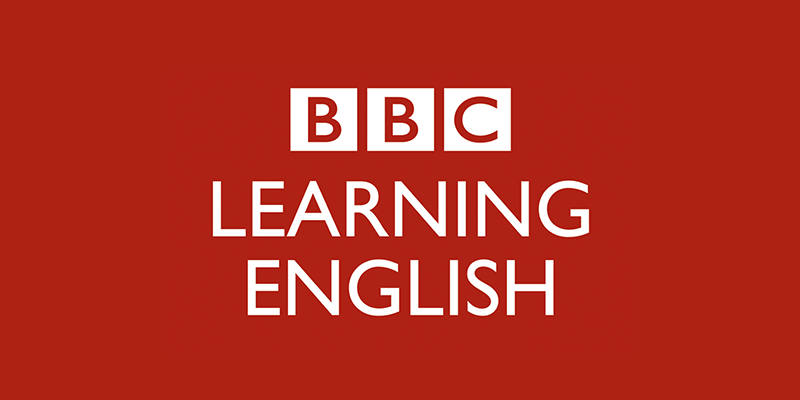BBC 6 minute English-Saving the white rhinos
Transcript of the podcast
Note: This is not a word-for-word transcript
.Neil: Hello. This is 6 Minute English from BBC Learning English. I’m Neil
Sam: And I’m Sam.In this programme, we’ll be hearing a news story linked to the ‘Nature versus Nurture’ debate, not concerning a human, but a rhinoceros
Neil: The extremely rare northern white rhino of East Africa was on the brink of extinction when the second-to-last living male, Suni, died in 2014, leaving behind two females, Najin and Fatu – the last living creatures of their species
Sam: Conservationists started an artificial breeding programme, using eggs from the females and sperm from Suni to produce an embryo – an unborn animal in the very early stages of development
Neil: Recently there’s been a new development in the story, but before we hear more, it’s time for my quiz question. The name, ‘rhinoceros’, comes from the ancient Greek, but what exactly does it mean? Is it ,a) thick skin b) horned nose, or ?c) small eye
.Sam: That’s a tricky one, because rhinos have all three! OK, I’ll guess a) thick skin
Neil: OK, Sam, we’ll find out later. Now let’s get back to the story of those precious northern rhino embryos
Sam: Well, the good news is that so far five embryos have been produced. They’re being frozen until they can be implanted in southern rhinos – the northern species’ more common cousin
Neil: Conservationist Thomas Hildebrandt runs the rhino breeding programme. He spoke to BBC World Service’s, Science in Action, who asked him whether the embryos were genetically from the northern species
Thomas Hildebrandt
Absolutely right. They’re not hybrids, they’re pure northern white rhino embryos which were generated with the desired breeding partner, Suni, who died in 2014. So we have embryos which have a very high quality – there’s no inbreeding effect on these embryos, and it’s so important to make the next step, to transfer these embryos because we can preserve life – biological material – in liquid nitrogen, but what we can’t do – we can’t preserve social knowledge and therefore we need desperately a calf on the ground so that these two existing northern white rhinos, can teach the new calf how to behave as a northern white rhino
Sam: Having genetically pure embryos prevents the birth of hybrids – animals that have been bred from two different species
Neil: It’s also important the embryos have no inbreeding – breeding of a young animal from two closely related parents, because this can cause disease
Sam: Fortunately, Thomas and his team have preserved five healthy and genetically pure northern rhino embryos in liquid nitrogen
Neil: But while they can preserve ‘nature’, what Thomas’s team can’t provide is ‘nurture’ – the social knowledge that a young northern rhino – or calf – can only learn from other northern rhinos
Sam: And since Najin and Fatu, the last remaining northern rhinos on Earth, are getting old, the race is on to breed a young rhino calf before they die
Neil: The good news for the survival of the northern white rhino is that experiments to implant the delicate embryos in southern rhinos have been successful
Sam: Here’s Thomas Hildebrandt again talking about these recent experiments with BBC World Service programme, Science in Action
Thomas Hildebrandt
We will, for sure, not wait until this pregnancy is completed because it takes 16 months for a full pregnancy in a rhinoceros. So if this embryo implants – and we can see that on ultrasound … and – forms a nice placenta, that is the goal for us to proceed with the next step on the Northern White rhino embryos
Neil: Normally it takes 16 months for a female rhino to complete her pregnancy – the state in which a woman or female animal has a baby developing inside her
Sam: But in the case of the northern rhino, the race is on to birth calves who can learn the rhino rules of social behaviour from Aunty Najin and Granny Fatu while they’re still alive
Neil:…which is why conservationists are monitoring the pregnancy using ultrasound – a procedure using sound waves to create images of internal body parts, or in this case, growing rhino babies
.Sam: It’s an unusual episode in the ongoing ‘Nature versus Nurture’ debate
Neil: And hopefully a big step towards restoring the northern white rhino population so that future generations get to see these magnificent creatures with their thick skin, horned nose and
?Sam: …and small eyes, Neil? So what was the answer to your quiz question
?Neil: Yes, I asked you what the name ‘rhinoceros’ meant. What did you say, Sam
?Sam: I guessed it was a) thick skin. Was I right
Neil: Well, rhinos certainly do have thick skin, but their name actually comes from the Greek meaning, horned nose
Sam: Well, luckily I’ve got a thick skin too, so I won’t take it personally! Let’s have another look at the vocabulary we’ve learned, starting with embryo – anunborn animal or human still inside its mother’s womb
.Neil: A hybrid is an animal or plant that has been bred from two different species
.Sam: Inbreeding is when a young animal is born from closely related parents
Neil: A calf is the name forthe young of several large mammals including cows, elephants and whales, as well as rhinos
.Sam: Pregnancy means being pregnant or growing a baby inside you
.Neil: And finally, ultrasound is used to see internal organs or a baby developing inside a woman
.Sam: That’s all from this species-saving edition of 6 Minute English
!Neil: Goodbye
!Sam: Bye bye
